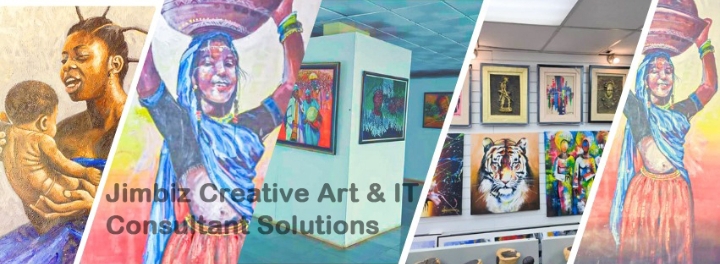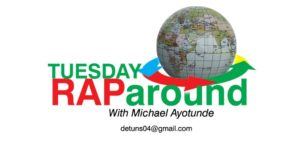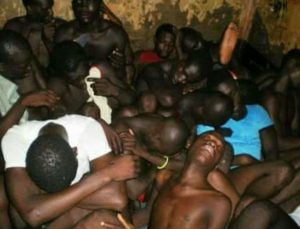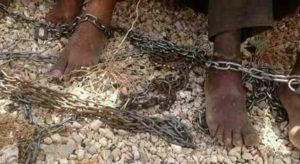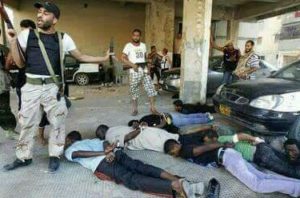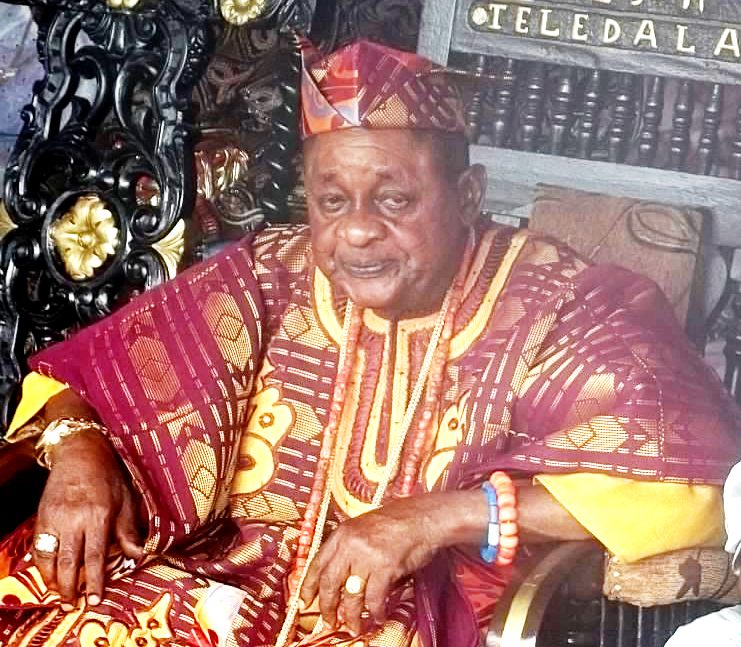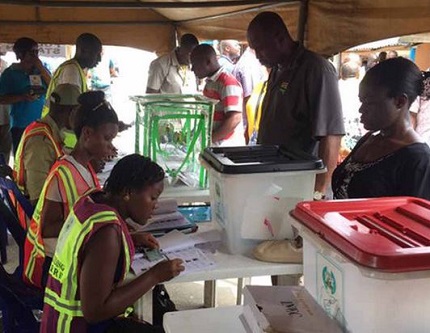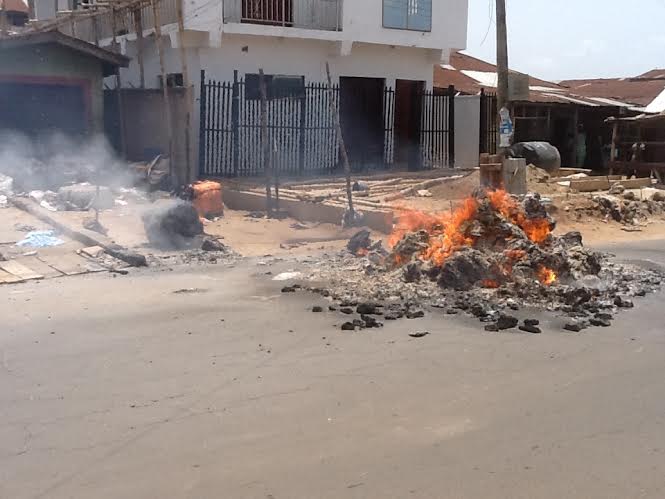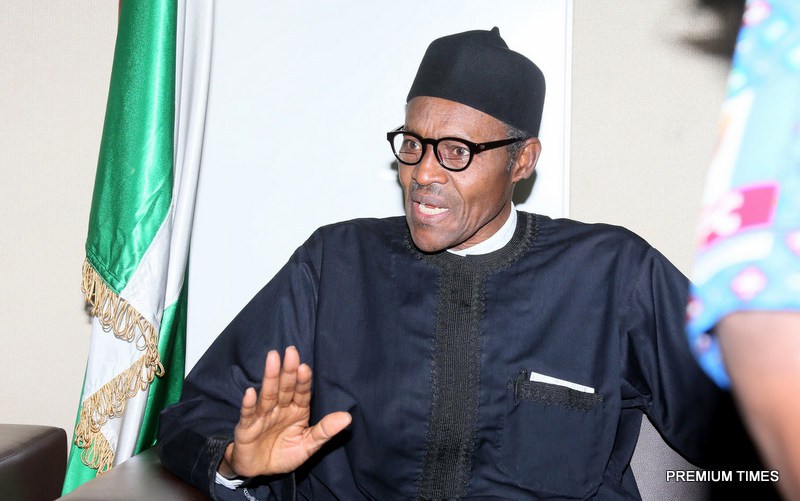News
Tuesday RapAround: Tackling Modern Slave Trade In Africa

Tackling Modern Slave Trade In Africa By Michael Ayotunde
Historically, slavery has been a widespread phenomenon in Africa.
In Africa, it was practiced in many different forms ranging from debt slavery, enslavement of war captives, military slavery, criminal, economic slavery and modern day political slavery were all practiced in various parts of Africa.
Domestic slavery was, and it still widespread throughout Africa.
To say, however, that this unwholesome trading of humans for the purpose of forced labour, sexual slavery, or commercial sexual exploitation for the trafficker or others, still continues today in some countries, is nothing but disheartening and most unfortunate.
Sadly, this time around, it is not happening between the earliest ‘potoki’ merchants and the hapless Africans, but rather it’s between, within, and among the Africans themselves.
The scars of the earlier practices is still very much visible several decades after it was abolished. Human trafficking is said to be one of the fastest-growing activities of trans-national criminal organizations.
Notably, the activities of these criminal organizations have gone unnoticed and unchecked and as such, have become like a monster – daring in their modus-operandi such that even governments are scared to challenge their authority. They are such a well-connected cabals, with their network almost untraceable – yet, they are not ghost. But are they really humans? Do they have normal blood flowing through their veins?
From protocols and conventions the world over, human trafficking is adjudged to be a crime against humanity because of the violation of the victim’s rights of movement through coercion and because of their commercial exploitation. This trade in humans, used to be limited to women and children.
However, with the feelers coming from Libya, the unfortunate development has been taken beyond the usual benchmark of women and children – it has now been extended to able bodied men, young men and reports have shown hundreds of thousands of them being cut out in their prime – through starving, forced labour, inhuman treatment etc.
According to the International Labour Organization (ILO), forced labour alone (one component of human trafficking) generates an estimated $150 billion in profits per annum as of 2014. In 2012, the I.L.O. estimated that 21 million victims are trapped in modern-day slavery. Of these, 14.2 million (68%) were exploited for labour, 4.5 million (22%) were sexually exploited, and 2.2 million (10%) were exploited in state-imposed forced labour.
Unfortunately, it is not a recent development. However, one thing that has remained uncertain is why people, innocent people still fall prey. Sure, many have blamed bad governance, poor leadership for the mass exodus of the people in search of greener pasture. But the truth still remains if truly things are bad, is that enough justification to jump into the lagoon? Or embark on an uncertain desert journey – a journey that in some parlance is usually likened to a ‘journey of no return’.
There have been longstanding debate among analysts and scholars about the destructive impacts of the slave trades in our world today. It is often claimed that the slave trade undermined local economies and political stability as communities’ vital labour forces were shipped overseas as slaves.
With the rise of a large commercial slave trade, driven by some clandestine needs by European merchants, enslaving one’s enemy became more a reason to go to war. The slave trade, it is claimed, impeded the formation of larger ethnic groups, causing ethnic factionalism and weakening the formation for stable political structures in many places. It also is claimed to have reduced the mental health and social development of African people.
In contrast to these arguments, some other school of thoughts assert that slavery did not have a wholly disastrous effect on the societies of Africa. To these set of people, they see slaves as expensive commodities, and traders received a great deal in exchange for each enslaved person.
At the peak of the slave trade hundreds of thousands of muskets, vast quantities of cloth, gunpowder, and metals were being shipped to some African countries. Most of this money was spent on British-made firearms and industrial-grade alcohol.
Though, Libya’s UN-backed government says it is investigating allegations that hundreds of African refugees and migrants passing through Libya are being bought and sold in modern-day slave markets, it remains to be seen how they are going to address the monster, a development that has been in operation several years ago. Investigations have shown that the hapless migrants are bought and sold in car park – even without the knowledge of the victims.
According to reports, the trade works by preying on the tens of thousands of vulnerable people who risk everything to get to Libya’s coast and then across the Mediterranean into Europe – a route that’s been described as the deadliest route on earth.
Libya is the main gateway for people attempting to reach Europe by sea, with more than 150,000 people said to be making the crossing in each of the past three years.
They have taken a tough journey through the desert and they have paid people to get to Libya to try to cross the Mediterranean to Europe. The collapse of security and financial base in Libya, have however added another twist to it. As such, human trafficking and smuggling have become a booming trade, according to one Mahmoud Abdulwaheed, who narrowly gained freedom from a detention centre in the Libyan capital, Tripoli.
There is no proper registration process for the tens of thousands of refugees arriving in Libya.
The business of detention centres is said to be carried out haphazardly without proper record in some parts of Libya and stories of torture, rape and forced labour have emerged. When the centres get too crowded, people are then allegedly sold off like goods in an open market. Survivors have told the UN’s migration agency that they use smartphones to connect with people smugglers to get them to Libya’s coast, and that they were then sold, being held for ransom, used as forced labour or for sexual exploitation.
It is not out of place to say that since the ouster of erstwhile Libyan leader, Muammar Gaddafi, the North African country has not known peace. This simply means the forces that mounted hostility to remove Gaddafi, though owing to his alleged high-handedness, failed to plan for post-Gaddafi era.
In short, the oil rich nation has been torn among numerous rival, armed militias affiliated with distinct regions, cities and tribes, while the central government has been weak and unable to effectively exert its authority over the country. Competing militias have pitted themselves against each other in a political struggle between politicians and their opponents.
The resultant effect of that seemingly confused state is now being felt, in a way, by the whole world.
There have to be deliberate attempt to address the issue head-on by all authorities, world bodies and all stakeholders concerned. This has become pertinent in the light of the dangers the crisis in the Libya pose to the world at large.
-
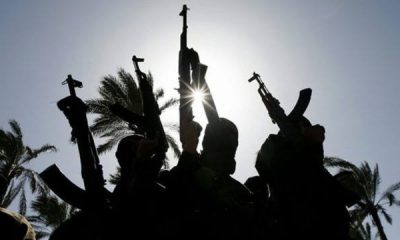
 News5 days ago
News5 days agoInsecurity: Bandits Unleash Terror In Kogi, Kano, Sokoto, Kwara
-
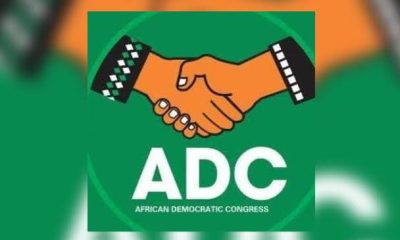
 News4 days ago
News4 days ago2026: We’re Yet To Pick Our Guber Candidate- Osun ADC
-
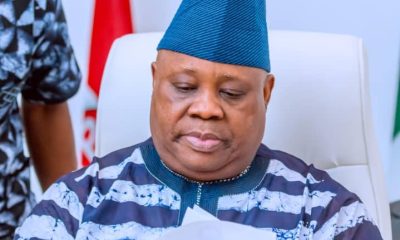
 News4 days ago
News4 days agoInternational Disability Day: Gov Adeleke Unveils Empowerment Programme For Persons With Disabilities
-
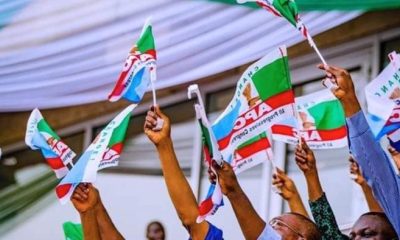
 Politics4 days ago
Politics4 days agoOsun 2026: Group Charges APC To Consider Aspirant With Unquestionable Character As Party’s Flagbearer

